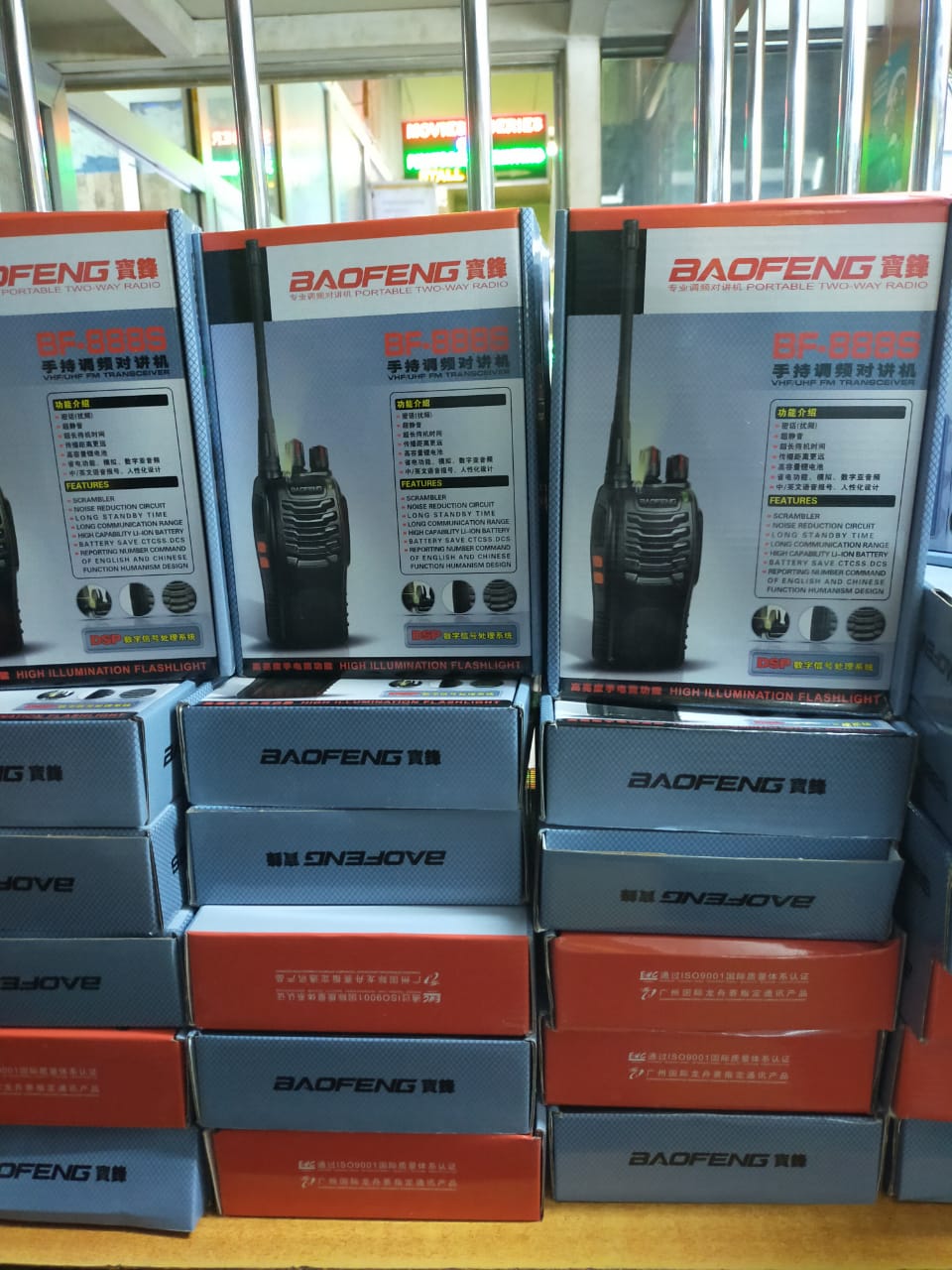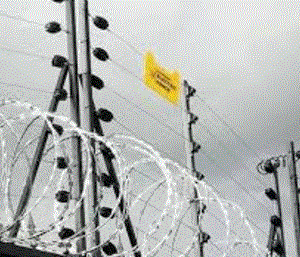Description
Walkie-talkies, also known as two-way radios or radio calls, are portable communication devices that allow two or more users to talk over a set radio frequency without the need for mobile networks. They’re commonly used in security, construction, events, hospitality, and outdoor activities.
Key Features
-
Two-Way Communication – Users can both transmit and receive audio.
-
Push-to-Talk (PTT) Button – Press to speak, release to listen.
-
Portable & Battery-Powered – Operates on rechargeable or replaceable batteries.
-
Channel Selection – Multiple channels/frequencies to avoid interference.
-
Range – Varies from a few hundred meters to several kilometers, depending on terrain and power.
-
Durability – Many models are water-resistant, dustproof, and shockproof.
-
VOX (Voice-Activated Transmission) – Hands-free operation without pressing PTT.
-
Privacy Codes – Helps reduce interference from other radio users on the same channel.
-
Antenna – Enhances range and signal clarity.
-
Audio Clarity – Some offer noise suppression for use in noisy environments.
Technical Specifications to Consider
-
Frequency Band:
-
VHF (Very High Frequency) – Longer range in open areas, good for outdoor use.
-
UHF (Ultra High Frequency) – Better penetration through buildings, ideal for indoor or mixed environments.
-
-
Power Output:
-
0.5W to 5W for license-free models.
-
Higher power models (up to 25W) require a license in many countries.
-
-
Range:
-
Urban areas: 1–3 km
-
Open areas: 5–10 km
-
Line-of-sight: Up to 30 km (high-end models)
-
-
Battery Life: 8–24 hours, depending on usage.
-
Channel Capacity: From 8 to 128 channels.
-
Accessories: Earpieces, microphones, chargers, spare batteries, belt clips.
Common Uses
-
Security Services – Quick coordination between guards.
-
Construction Sites – Communication between supervisors and workers.
-
Events & Hospitality – Instant coordination among staff.
-
Emergency Services – Police, firefighters, rescue teams.
-
Outdoor Adventures – Hiking, camping, hunting, and boating.
Advantages
-
No network required (works where there’s no mobile signal).
-
Instant communication without dialing.
-
Group communication capability.
-
Low operational cost after purchase.
Limitations
-
Limited range compared to mobile networks.
-
Signal affected by terrain, buildings, and interference.
-
One person speaks at a time on a channel.
Walkie Talkie “10 Codes”
These short, two way radio (or walkie talkie) codes are designed to make radio communications fast and easy. Try them on your Motorola two way radios today!
- 10-1 = Receiving poorly
- 10-2 = Receiving well
- 10-3 = Stop transmitting
- 10-4 = Message received
- 10-5 = Relay message to ___
- 10-6 = Busy, please stand by
- 10-7 = Out of service, leaving the air
- 10-8 = In service, subject to call
- 10-9 = Repeat message
- 10-10 = Transmission completed, standing by
- 10-11 = Talking too rapidly
- 10-12 = Visitors present
- 10-13 = Advise Weather/Road conditions
- 10-16 = Make pick up at ___
- 10-17 = Urgent business
- 10-18 = Anything for us?
- 10-19 = Nothing for you, return to base
- 10-20 = My location is _____
- 10-21 = Call by telephone
- 10-22 = Report in person to
- 10-23 = Stand by
- 10-24 = Completed last assignment
- 10-25 = Can you contact _____
- 10-26 = Disregard last information
- 10-27 = I am moving to channel ____
- 10-28 = Identify your station
- 10-29 = Time is up for contact
- 10-30 = Does not conform to FCC rules
- 10-32 = I will give you a radio check
- 10-33 = Emergency Traffic
- 10-34 = Trouble at this station
- 10-35 = Confidential information
- 10-36 = Correct time is
- 10-37 = Wrecker needed at
- 10-38 = Ambulance needed at
- 10-39 = Your message delivered
- 10-41 = Please turn to channel
- 10-42 = Traffic accident at
- 10-43 = Traffic tie up at
- 10-44 = I have a message for you
- 10-45 = All units within range please report
- 10-50 = Break channel
- 10-60 = What is next message number?
- 10-62 = Unable to copy, use phone
- 10-63 = Net directed to
- 10-64 = Net clear
- 10-65 = Awaiting your next message/assignment
- 10-67 = All units comply
- 10-70 = Fire at _____
- 10-71 = Proceed with transmission in sequence
- 10-77 = Negative contact
- 10-81 = Reserve hotel room for ______
- 10-82 = Reserve room for _____
- 10-84 = My telephone number is ______
- 10-85 = My address is _____
- 10-91 = Talk closer to the microphone
- 10-93 = Check my frequency on this channel
- 10-94 = Please give me a long count (1-10)
- 10-99 = Mission completed, all units secure
- 10-200 = Police needed at _____













There are no reviews yet.